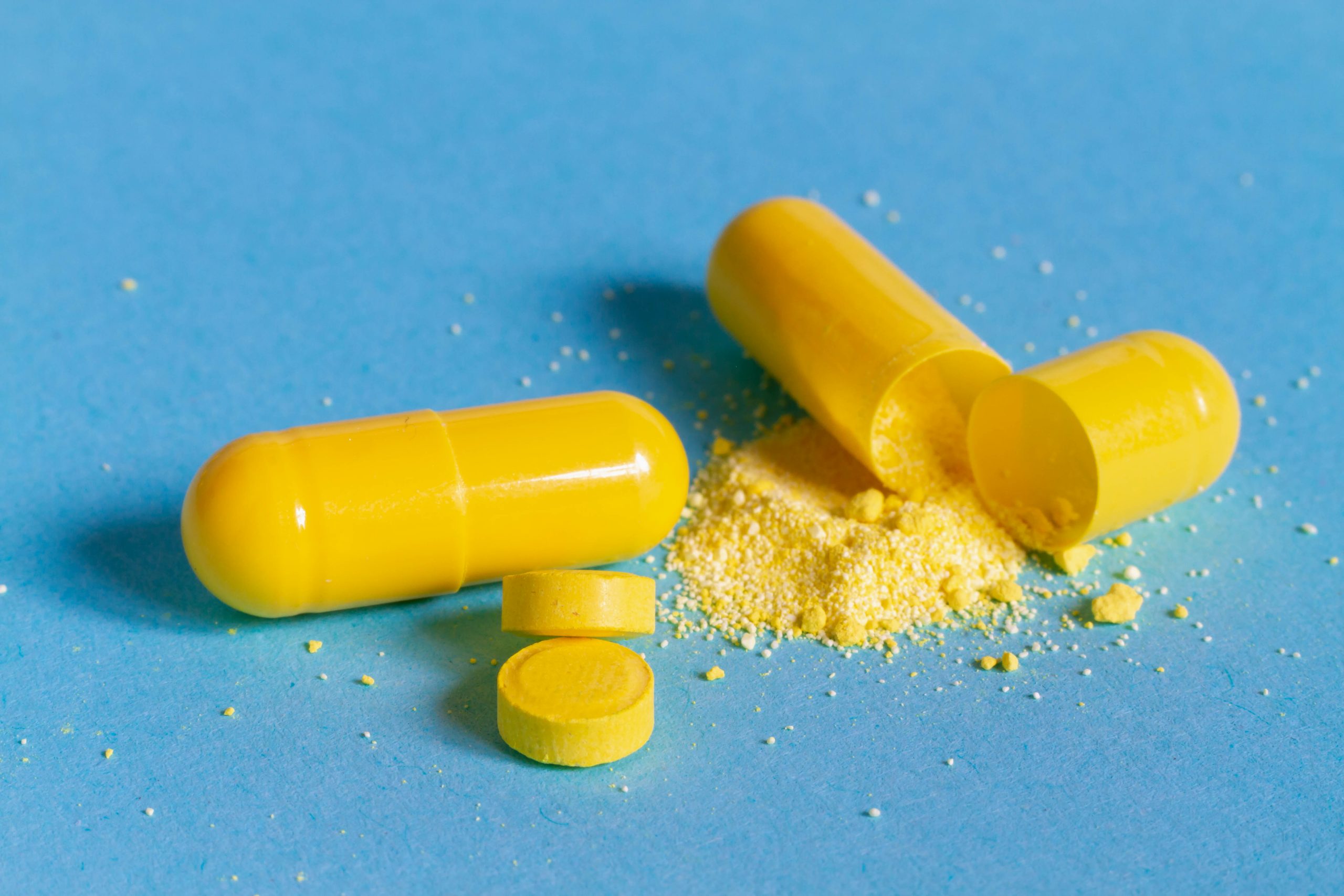Powder Rheology for Pharmaceutical Development
Sarah Cotts | Morgan Ulrich
June 02, 2023
Finding the right formulation for a new product is a challenging part of pharmaceutical research and development. For many new therapeutics, the active pharmaceutical ingredient is costly, so it is important to minimize its usage in testing and development. The behavior of the active pharmaceutical ingredient also needs to be considered under numerous processing conditions, including mixing, storage, dispensing and tableting.
One of the best tools available for the acceleration of pharmaceutical formulation and development is powder rheology. Powder rheology can be used to comprehensively characterize the physical behavior of the powders used, their stability, and even the mechanical behavior of the final tablet product.1 This data is crucial for selecting powder blends that streamline processing and minimize issues such as poor flow or granulation.

Powder Rheology
For accelerating the time to market in drug development, the Discovery Hybrid Rheometer series by TA Instruments is an ideal choice. Specifically designed to work with small sample volumes, the DHR provides accurate measurements with no unnecessary waste of expensive product. The Discovery Hybrid Rheometer series offers a comprehensive range of powder rheology tests in a single platform while still being easy to use and integrate into existing workflows.
The DHR uses TRIOS Powder software to help simplify test setup for novice users while remaining customizable for even the most challenging jobs. There are also intuitive tools to help support data repeatability, including user prompts to ensure consistent sample loading.
What does powder rheology measure?
Key power rheology measurements in pharmaceutical development include:
- Flowability energy
- Cohesion
- Yield Strength
- compressibility behavior of powders
- measuring blend stabilities with excipients
- dry mixing
- dry and wet granulation
Excipient choice is crucial as this affects mixing and granulation properties as well as flow and tableting behavior. All of these measurements are performed by looking at the powder shear and flow.
Choosing a versatile instrument like the Discovery Hybrid Rheometer will give you the unique ability to measure the powder shear and flow in a single accessory, accelerating testing processes. This rheometer can also be used to measure injectables and topicals, meaning the rheology of multiple therapeutics can be performed on just a single instrument.
The Discovery Hybrid Rheometer has been used to measure differences in the flowability and shear stress of lactose excipients produced by different processes – – milling versus spray drying.2 By performing measurements of dynamic flowability over a range of processing speeds, milled lactose exhibited a rate dependent flow energy, attributed to the irregular particle morhpology. These small-scale laboratory measurements are key for avoiding costly optimization procedures on full industrial scales and for realizing the full potential of quality-by-design approaches to pharmaceutical development.
TA Instruments
Working with powders and their varying morphologies can prove a challenge. Working with TA Instruments, who are world experts in the development and applications of industry-leading rheometers, can help you gain the full benefits of powder rheology in your development process. From being able to extrapolate from existing data on previous raw materials to new formulations to understanding powder flow in hoppers, high quality powder rheology data can help with every stage of the pharmaceutical development process, from mixing to tableting.
Contact TA Instruments today to find out how our power rheology instruments can help you bring your pharmaceuticals to market faster.
References:
- Ascani, S., Berardi, A., Bisharat, L., Bonacucina, G., Cespi, M., & Palmieri, G. F. (2019). The influence of core tablets rheology on the mechanical properties of press-coated tablets. European Journal of Pharmaceutical Sciences, 135 68–76. https://doi.org/10.1016/j.ejps.2019.05.011
- TA Instruments (2022) Powder Rheology of Lactose, https://www.tainstruments.com/pdf/literature/RH123.pdf., accessed August 2022







